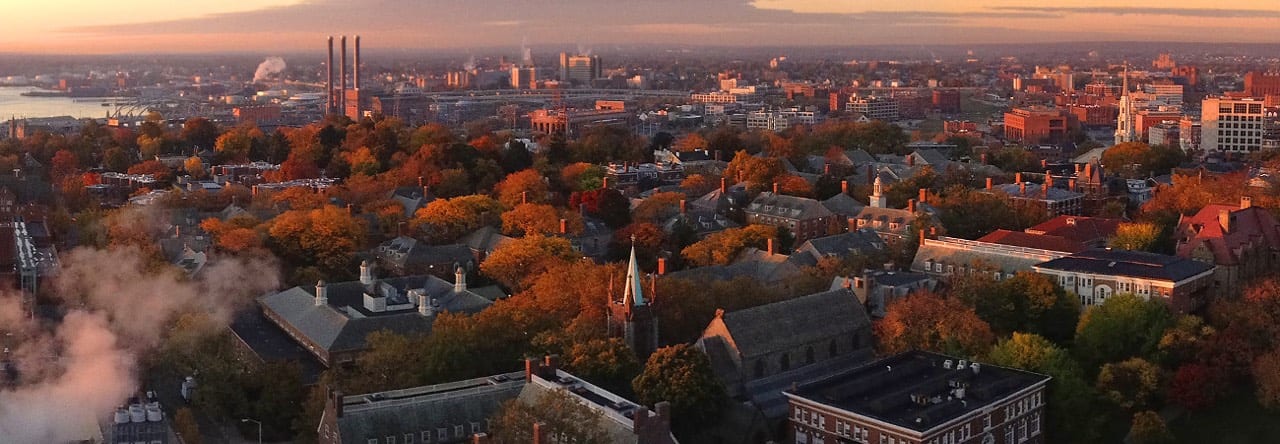
A large piece of pottery from Trench 2 that may have been part of a vessel or a component of the architecture. Pencil for scale.
This past Monday marked the third week of excavation at the Moses Brown site, and we are all feeling much more confident in our ability to utilize our tools. This week, the soil was very moist because of the large amounts of rain that we received over the weekend, which made digging much easier in both trenches. At the end of the second week, both trenches were able to close context 1, so this week was very exciting as we moved on to context 2. In trench 2, there was a very dramatic soil change in the northwest corner, which does not seem to match the soil at thislevel in the rest of the trench. Here, the dark-brown, silty clay began to change into a beige, sandy soil. We are not exactly sure what this soil change might be, but we hypothesize that it might be a part of where the foundation of the house was demolished and then filled. However, we will not know more about this until we can dig further.
This week was very interesting in terms of artifacts! This week we were able to recover large pieces of glass from both trenches, as well as a large amount of coal from trench 1. In trench 2, we found a large piece of ceramic, which looks like it may have been a piece of a brick from the facade of the house or a piece of pottery (see left). In trench 2, we also recovered some pieces of what looks like ceramic dining-wear, some of which has a blue pattern printed on it (see right) and some of which is all-white (see below left). These new finds are very encouraging, and they indicate that we are digging in the right location.

All-white sherd of possible dining ware from Trench 2
So far, I am thrilled to be participating in this course. It is such a cool hands-on experience that I really have never had the opportunity to partake in. Finding artifacts is one of the most amazing sensation, not only finding the artifact but connecting that to a real family that actually lived in this site almost 200 years ago. It is a uniquely thrilling experience, and I literally cannot wait to get back into the trenches, though my arms are still sore!
Maggie Gray ’17







